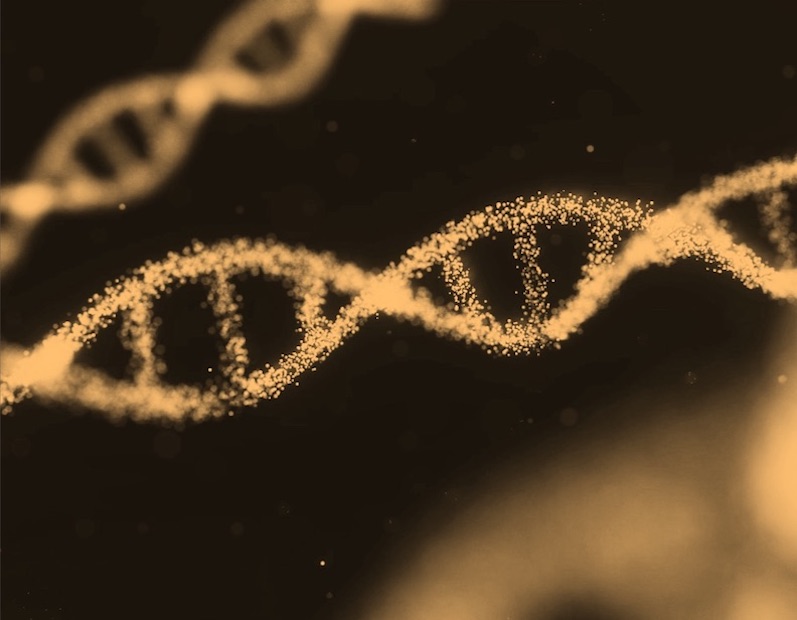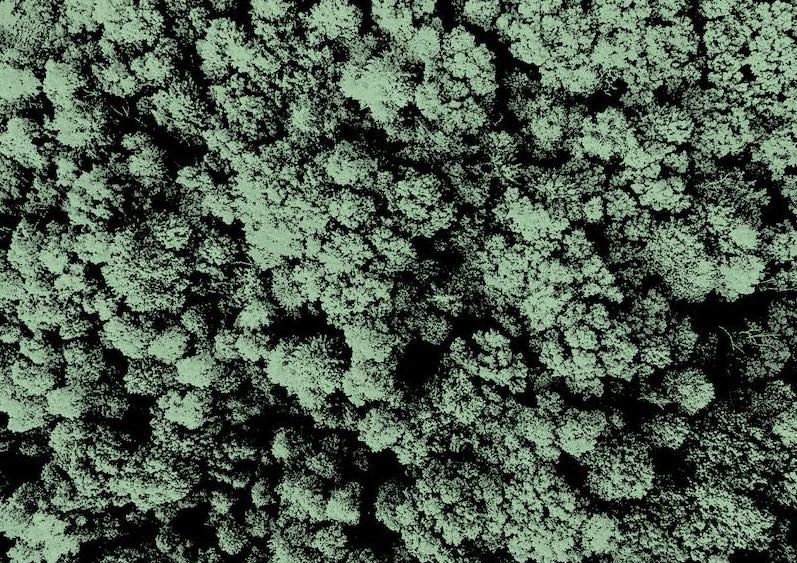What is it about?
In this research, a wavelet transform-based feature extraction approach with time-frequency analysis is proposed for motor imaginary EEG signal classification. The proposed approach selects specific channels such as C3 and C4 to identify event-related synchronization (ERS) or event-related desynchronization (ERD) phenomenon to filter out the artifacts and noisy data from signals. As EEG dataset is noisy and size of the dataset reduces after filtering, the proposed approach adopts multi-scale analysis ability of wavelet transform to utilize small input. It allows to extract features from the dataset and generate input images for training the models. Considering abstraction ability of Convolutional Neural Network (CNN), deep CNN with two convolutional layers, and VGGnet with six convolutional layers are employed. The model performance is evaluated in terms of accuracy, loss, and epochs. The proposed approach is applied to EEG dataset III from BCI competition II. The primary results show that VGGnet performs better than deep CNN with respect to training loss and training accuracy.
Featured Image

Photo by Stefano Bucciarelli on Unsplash
Why is it important?
We propose a wavelet transform-based time-frequency analysis approach tailored for classifying motor imagery EEG signals using deep learning. This is particularly important in brain-computer interface (BCI) research, where high-accuracy decoding of neural intent from limited and noisy EEG data remains a central challenge. Two significant contributions of this work are: a) the use of spatially selective channel filtering (e.g., C3 and C4) to enhance the detection of ERD/ERS patterns, improving signal quality and reducing irrelevant noise; and b) the adaptation of wavelet-based multi-scale analysis to extract robust features from small datasets, enabling effective input generation for deep neural networks. These insights improve classification accuracy in low-data settings and highlight the utility of deeper architectures like VGGNet in capturing spatial-temporal EEG dynamics. This approach paves the way for more reliable and efficient motor imagery recognition in real-world BCI applications, especially where data availability is constrained.
Perspectives
I hope this article helps shed light on the often-overlooked complexity and potential of brain-computer interface (BCI) research, especially in the context of decoding human intentions through EEG signals. For many, EEG signal analysis may seem abstract or overly technical, but behind it lies the promise of enabling communication and control for individuals with severe motor impairments. Personally, I found it exciting to explore how time-frequency analysis and deep learning—especially architectures like VGGnet—can be leveraged to make sense of the brain’s noisy and intricate electrical patterns. More than anything, I hope this work inspires interest in the intersection of neuroscience, machine learning, and assistive technology, and helps others see just how transformative even small advances in signal processing and classification can be for human-centered applications
Md Khurram Monir Rabby
Read the Original
This page is a summary of: Time-frequency Based EEG Motor Imagery Signal Classification with Deep Learning Networks, December 2021, Institute of Electrical & Electronics Engineers (IEEE),
DOI: 10.1109/aike52691.2021.00028.
You can read the full text:
Contributors
The following have contributed to this page







